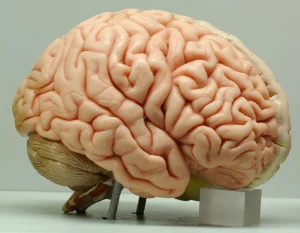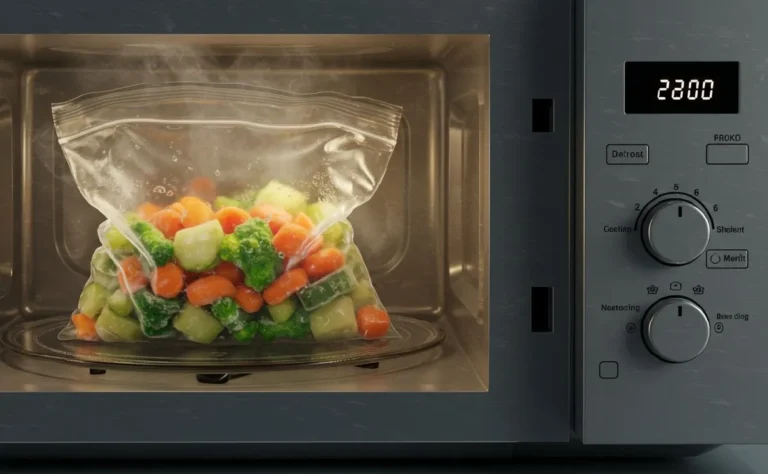Alberto García and Emilio Aranda, professors at the School of Agricultural Engineering at the University of Extremadura and experts in nutrition and food training, explain to EFE the benefits and drawbacks of this food, sugar, which has been present in human nutrition throughout life and is a main component in some natural products such as fruit.
However, Alberto García specifies that “refined sugar began to be used in sugarcane farms, mainly in Cuba and South American countries, but there are other sources of sugar production as an isolated ingredient, such as beet, which is mainly used in Europe.”
ONE OF THE MAIN SOURCES OF ENERGY
“Simple sugars (fructose, glucose, and lactose) have been present in the human diet since ancient times, since man is omnivorous, and the consumption of these simple sugars is one of his main sources of energy.”

Emilio Aranda adds that “sugar consumption depends on the physiological state of the person. For example, a person with a normal life is not the same as an athlete, whose simple sugar requirements are essential, especially those who do long-duration sports, for whom the simple sugar ingested during the event is essential.”
Approximately a century ago, cereals and legumes were consumed as the main source of carbohydrates, and the consumption of carbohydrates or simple sugars was much lower.
“Today we have worsened our diet because we eat fewer carbohydrates at the expense of eating proteins (meat, fish, eggs, dairy products) and we are also eating many more simple sugars, so called because their structure is much simpler and they are broken down quickly by the body to be used as energy,” emphasizes Aranda, for whom the healthiest simple sugars are cane sugar and refined sugar.

Carbohydrates or complex sugars (starches) are broken down into glucose more gradually, so they are absorbed by the body more slowly and the energy supply is more progressive. They are present in foods such as starchy vegetables, whole grains, rice, breads, and cereals, and both simple and complex belong to the group of carbohydrates or hydrates of carbon.
LIMITS ON INDUSTRIAL BAKERY
As for industrial baked goods, García points out that legislation has imposed limits due to the sugars, on the one hand, and also the type of saturated fat of vegetable origin that they contained, and that they posed a problem from the point of view of high cholesterol levels, accumulation of fat in arteries, etc.
“The addition of fat and sugar to baked goods and other products must be put into context, that is, it must be limited, but sugar as such cannot be demonized as a bad food. The good and the bad are in the diet and, in that sense, we must eat in a balanced way because all nutrients are included, including simple sugars, but any component in excess also has negative factors and this is obvious in the case of sugar,” says Alberto García.
“Sugar is necessary not only as a nutrient but also from a technological and sensorial point of view. The sweet character in many foods is associated with simple sugars, but they can be replaced by artificial sweeteners, although the nuances of sweetness are not the same sensorial.”
In addition, according to García, from a technological point of view, sugars are necessary for the fermentation process to take place, for example, as moisture absorbers to prevent many foods from spoiling due to microorganisms, characteristics that sweeteners do not have.
“Sugar consumption should indeed be limited, but the way forward is not to try to replace sugars in foods, but to know how much sugar they contain and to contextualize them in the diet,” stresses Alberto García.
EDUCATION TO ALLEVIATE CHILDHOOD OBESITY
For his part, Emilio Aranda believes that “childhood obesity is not only a problem of sugar consumption. We have an energy need based on our activities and based on that we should eat to balance those needs. What happens is that we do not have the energy expenditure we had generations ago now, because people lead a more sedentary life and by eating we gain more weight.”
Alberto García emphasizes that “the tendency to try to replace simple sugars with other sweetening elements that can replace sugars may be a strategy, but it has a limit.”
García believes that we need to advocate for “social education, rather than trying to intervene in food, that is, rather than trying to create healthy sweets and have the child continue to eat them, I think that we need to make children aware that the consumption of sweets is limited and that it should be compensated with other foods.”
“I believe that food education and sports culture are essential, along with balanced consumption and a healthy diet that is associated with a healthy lifestyle.”
“Sugar is not bad – continues Emilio Aranda – but overconsumption is, even overconsumption of water is also bad, what happens is that society is focused on a fast food lifestyle where fats and sugars prevail, because it is what we like the most, since they provide us with energy out of physiological need, just like they do for animals.”
“Everything that provides us with energy is what we like the most. We like food with a lot of fat more than food with less fat because our body is programmed to like fat or sugar,” according to agricultural engineer Alberto García.























+ There are no comments
Add yours